Eight in ten see universities/academic institutions having important role in helping to differentiate between fact and fiction

Despite concerns around misinformation and false claims, social media users around the world continue to believe that the information they read and share on platforms like Twitter, Instagram, and Facebook is factually correct, with levels of trust highest in emerging economies. In India, as many as 88% of people who share information from social media are confident in its truthfulness, slightly above the global average of three quarters.
The findings, based on a global study by Oxford University Press (OUP), the world’s largest university press, show that when looking for factual information, 37% turn to social media, rising to 44% of Mexicans, 43% of South Africans and 54% of Indians. Britons were less likely to look for facts using social media, with only 16% describing it as a preferred source, compared to nearly three in ten (29%) Americans. Overall, most of us rely heavily on Google and other search engines for information, with two thirds (67%) worldwide and 62% in the UK finding facts this way.
The study, The Matter of Fact, takes a broad look at howpeople across the world seek out information and judge its accuracy, drawing on a pool of evidence bolstered by survey data collected from 5,000 people across the UK, the US, South Africa, India, and Mexico. It finds that social media has become central to shaping people’s understanding. More than half (52%) said that when it came to distinguishing fact from fiction, sites like Facebook, YouTube, and Instagram play an important role. At the same time, reliance on books and more traditional means of gathering accurate information has declined. For example, less than a quarter (17%) cited non-fiction books and encyclopaedias as sources when seeking facts.
There were geographical differences in the level of trust people put in social media, with almost 80% of Indian and 60% of Mexican respondents seeing these networks as an important tool for separating fact from fiction, but only 27% taking this view in the UK and 43% in the US. Under 55s were more inclined to believe in the accuracy of the material they shared from social media. While just over 35% of people aged 25 to 44 said they were ‘very confident’ they were sharing only truthful information from social media, only 13% of over 55s felt the same. Younger people are also more likely to rely on social media as a source of factual information, with over 40% of those in the 16 to 44 age-bracket turning to the platforms compared to just 12% of over 55s.
Other key findings from the report included:
- Most of us prefer to consult multiple sources to determine whether something is accurate, with 80% globally and 70% of Britons keen to double check their facts.
- Half of us still think politicians and government play a significant role in helping us to separate fact from fiction (47%) – but this fell to 36% among more sceptical Britons
- Almost two thirds (65%) agree that facts should be open to interpretation, however this varies across markets with 83% in India and around half for the UK (51%) and US (47%).
The pandemic does appear to have had an impact on people’s perceptions of truth, with around three in four people agreeing that they are now more cautious about the accuracy of the information they encounter – a figure that climbs to over 80% in India, Mexico, and South Africa. The data also shows growing mistrust and scepticism about truthfulness, with 69% saying it has become harder to clarify whether information is factually correct. People in the UK and US are particularly hesitant about putting their trust in a single source, with 17% of Americans and 25% of Britons saying they hadn’t shared information from any source as fact in the last five years.
When it comes to teaching the next generation, many parents rely on knowledge acquired during their childhood (32%). In Mexico, almost 30% of parents said that they used encyclopaedias and non-fiction books. Half (49%) used the likes of Google, dropping to around a third (34%) in the UK. Other popular sources were educational textbooks and websites, teachers, libraries, with each used by about one in three parents. Notably, parents from India were much more likely than those elsewhere to use social media and WhatsApp when teaching their children, with around one third citing these sources.
The report further explored trust in institutions and experts. In South Africa, 86% agreed that universities and academic institutions were important upholders of truth, compared to two thirds (66%) in the US and UK (67%). With increased exposure to experts throughout the Covid-19 pandemic, almost half of people globally (48%) expressed trust in information when it was backed up by relevant experts. Post-pandemic, academic research and scientific experiments were thought of as the most likely origin of truth by 32% of people.
Speaking about the research, Nigel Portwood, CEO of Oxford University Press, said:
‘Differentiating between fact and fiction is harder than ever, with the unprecedented events of the last two years bringing the debate around misinformation and false claims into sharp focus. With an ever-increasing number of sources to turn to for information, from books to academic texts to digital channels, and so many answers available at the touch of a button, it’s no surprise that our research presents a global picture of confusion.
‘At OUP, we want to help people to make sense of the world around them, encourage them to consult multiple sources, and question what is shared as fact. We believe we have a valuable role to play in championing the importance of quality research and enabling access to accurate, trustworthy information. It is our ambition to enable authors and experts to share their wide-ranging knowledge and perspectives, encourage open and honest discussion, and give people the tools to interrogate ideas and information with confidence.’
The full report, The Matter of Fact, can be accessed here.

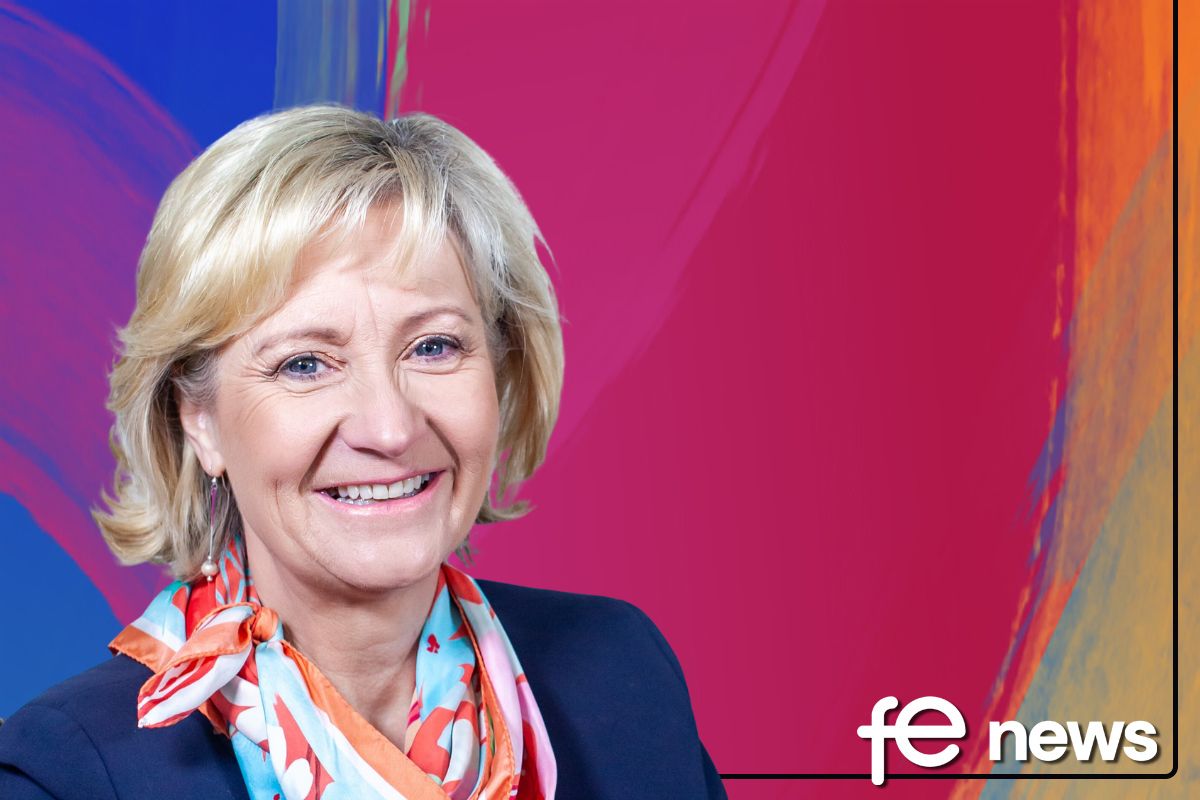
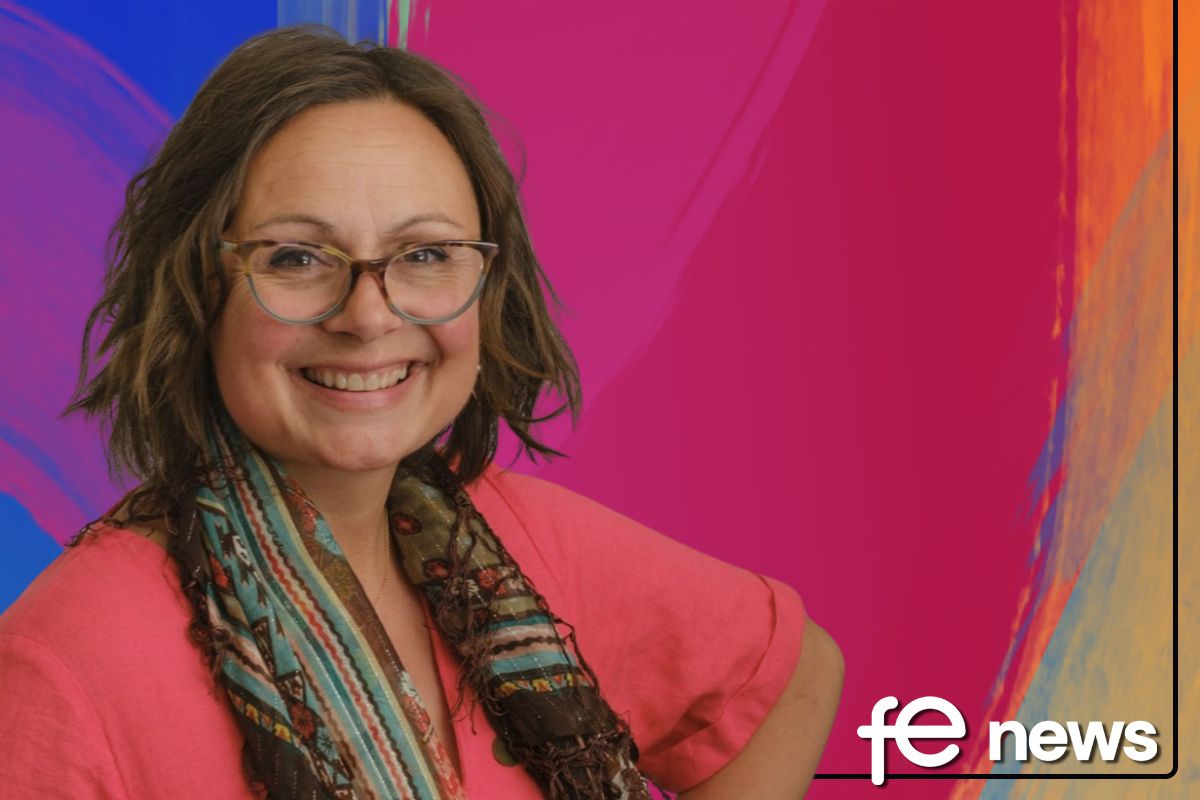
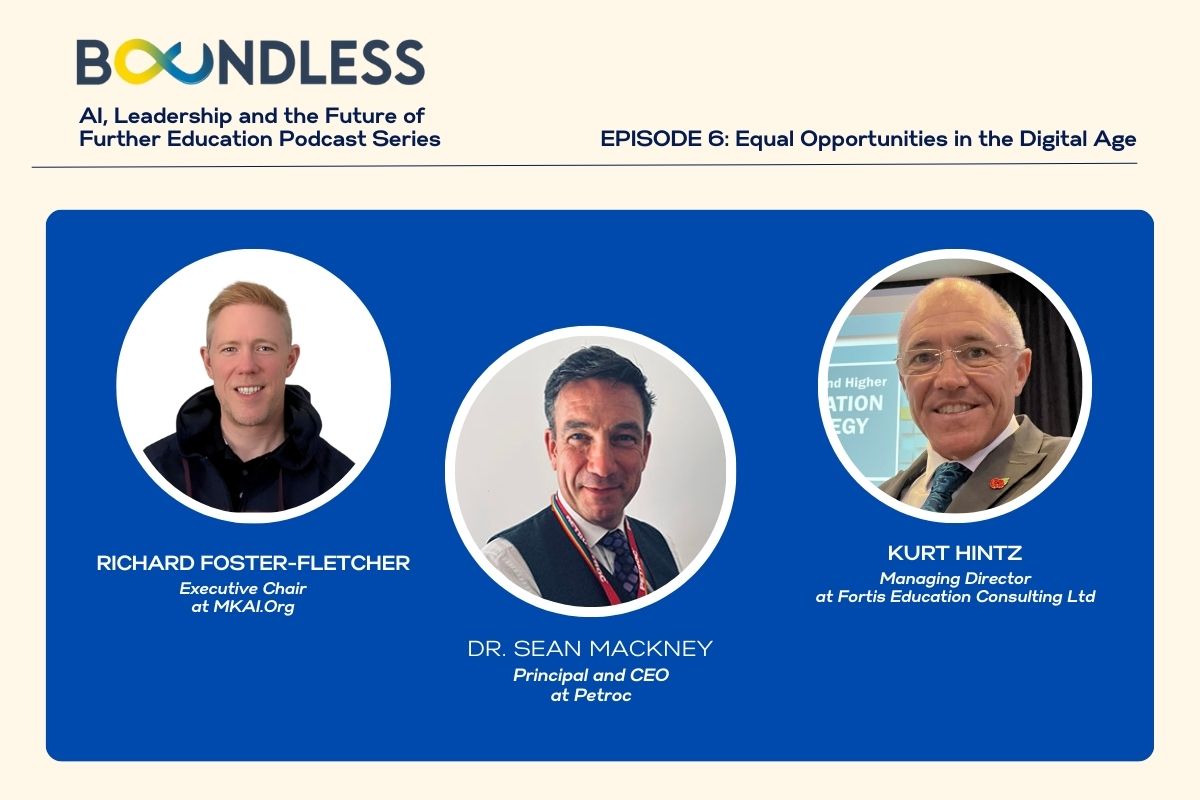

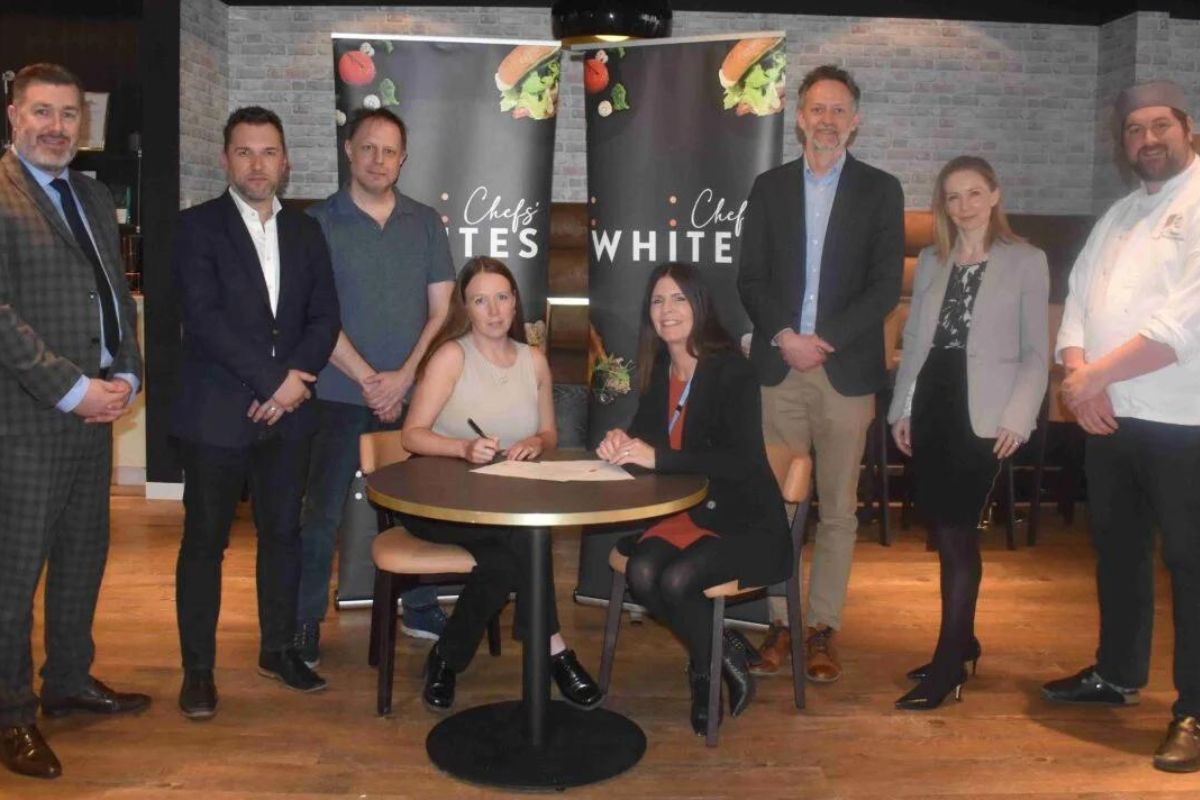

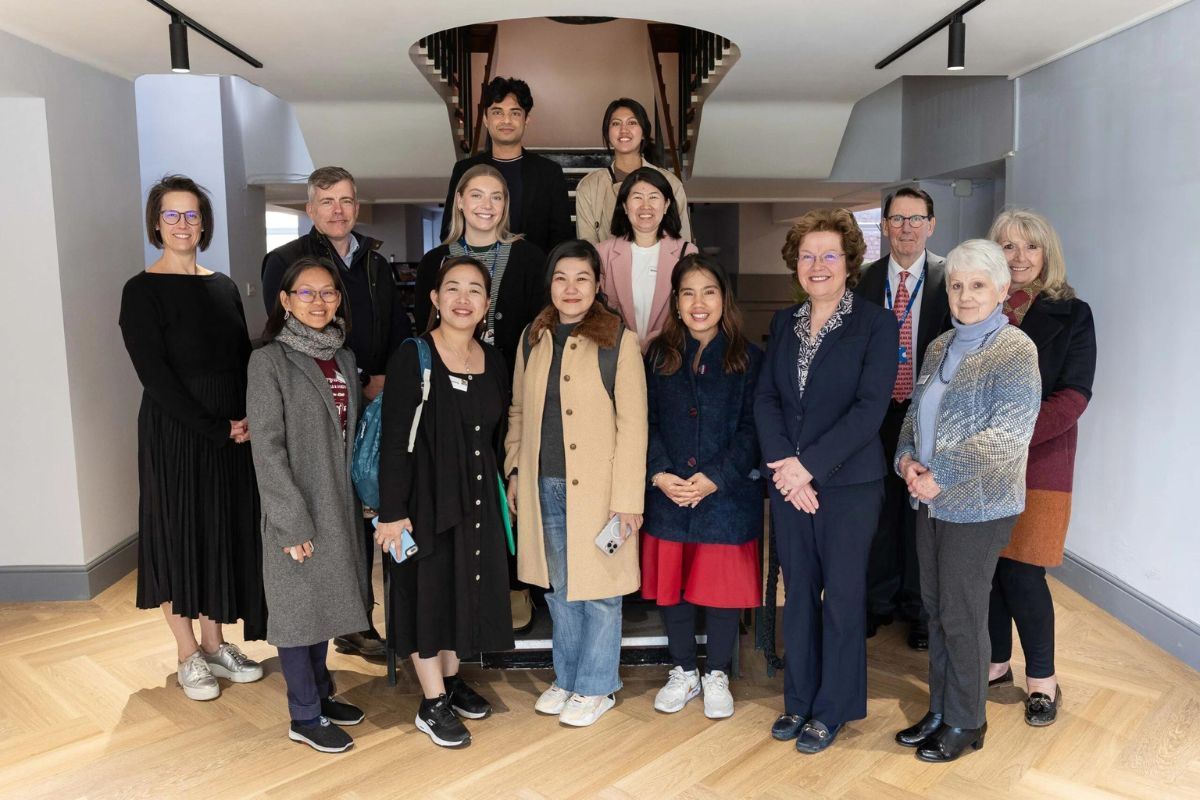
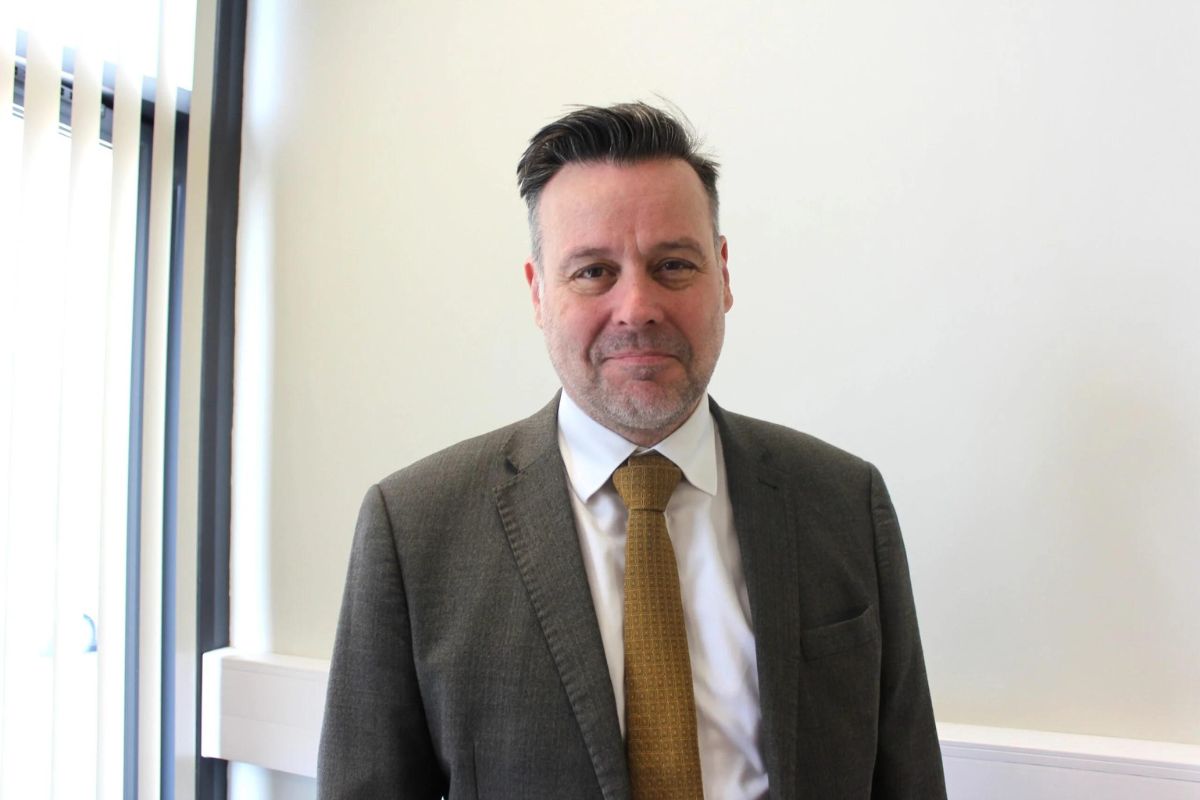
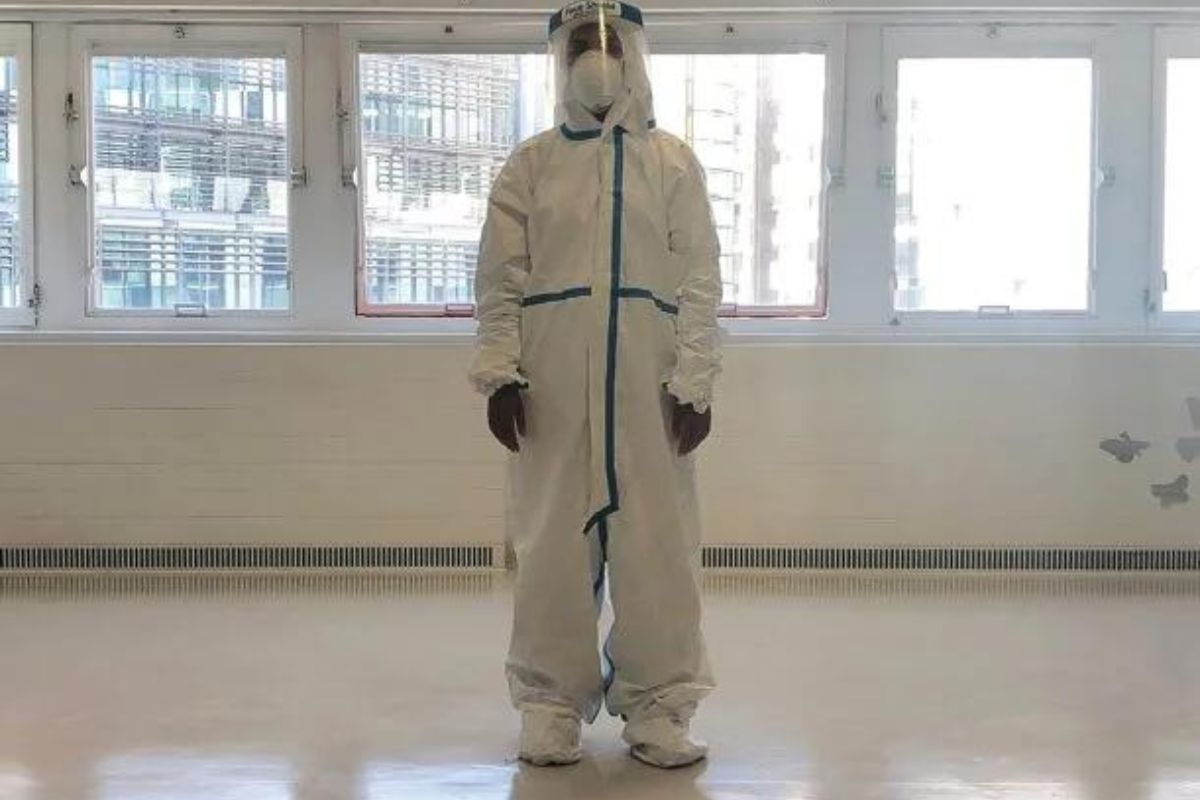
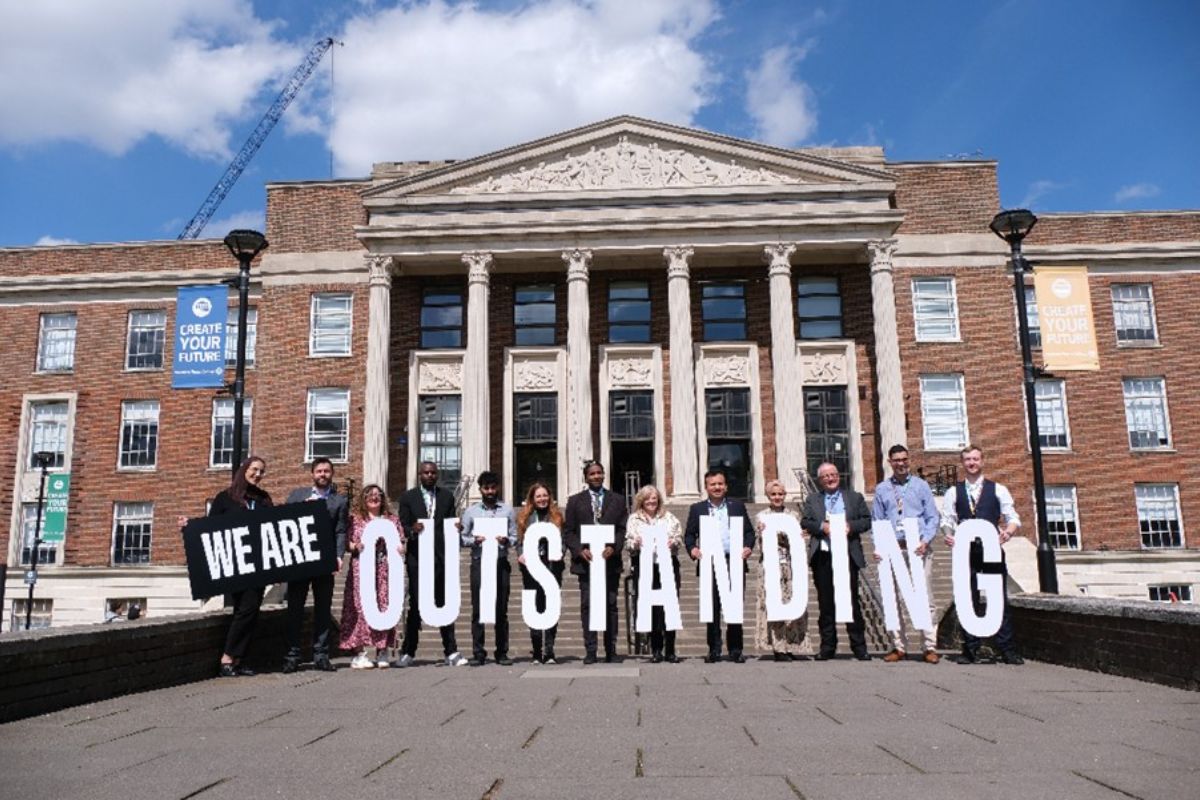
Responses